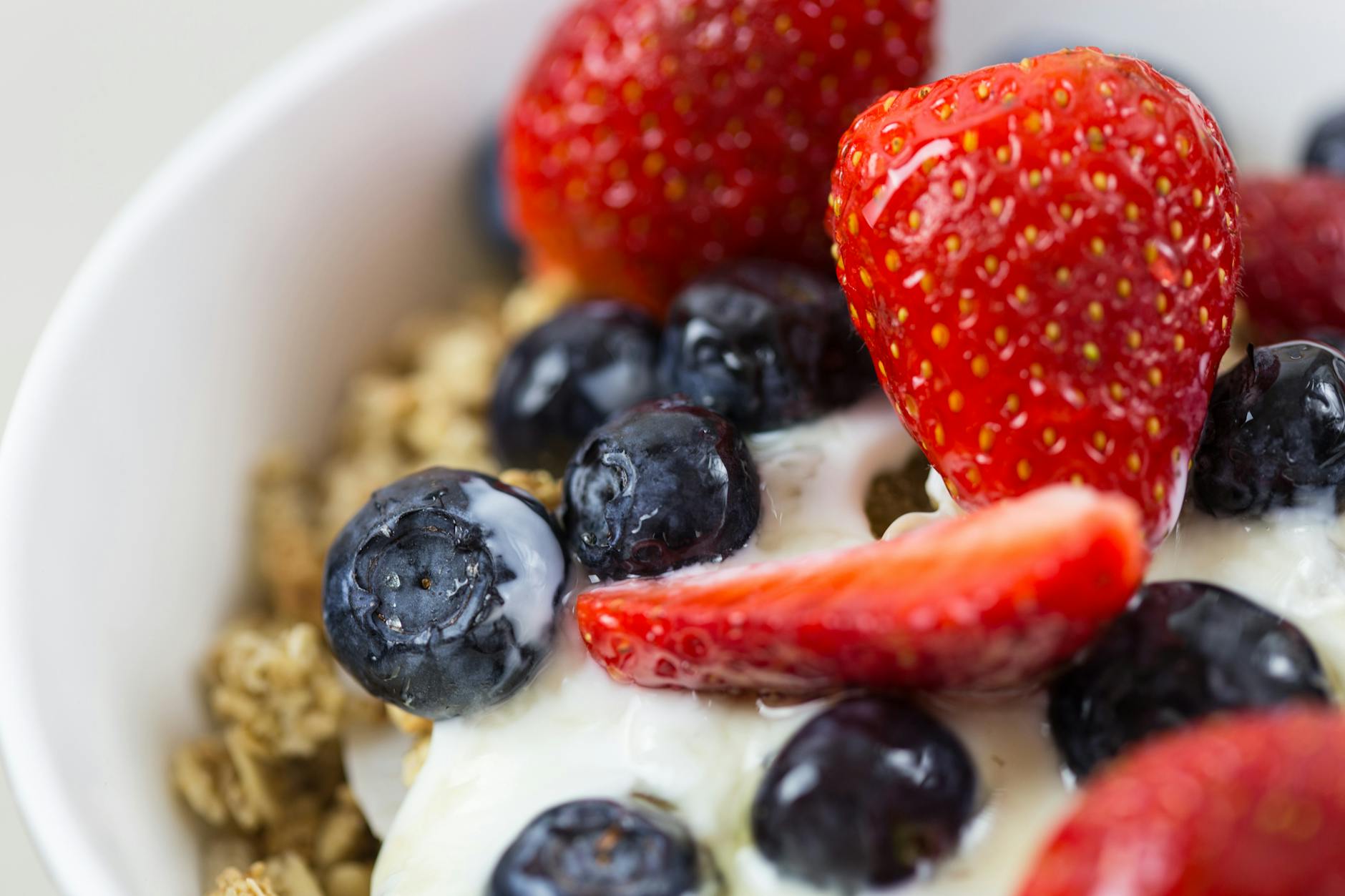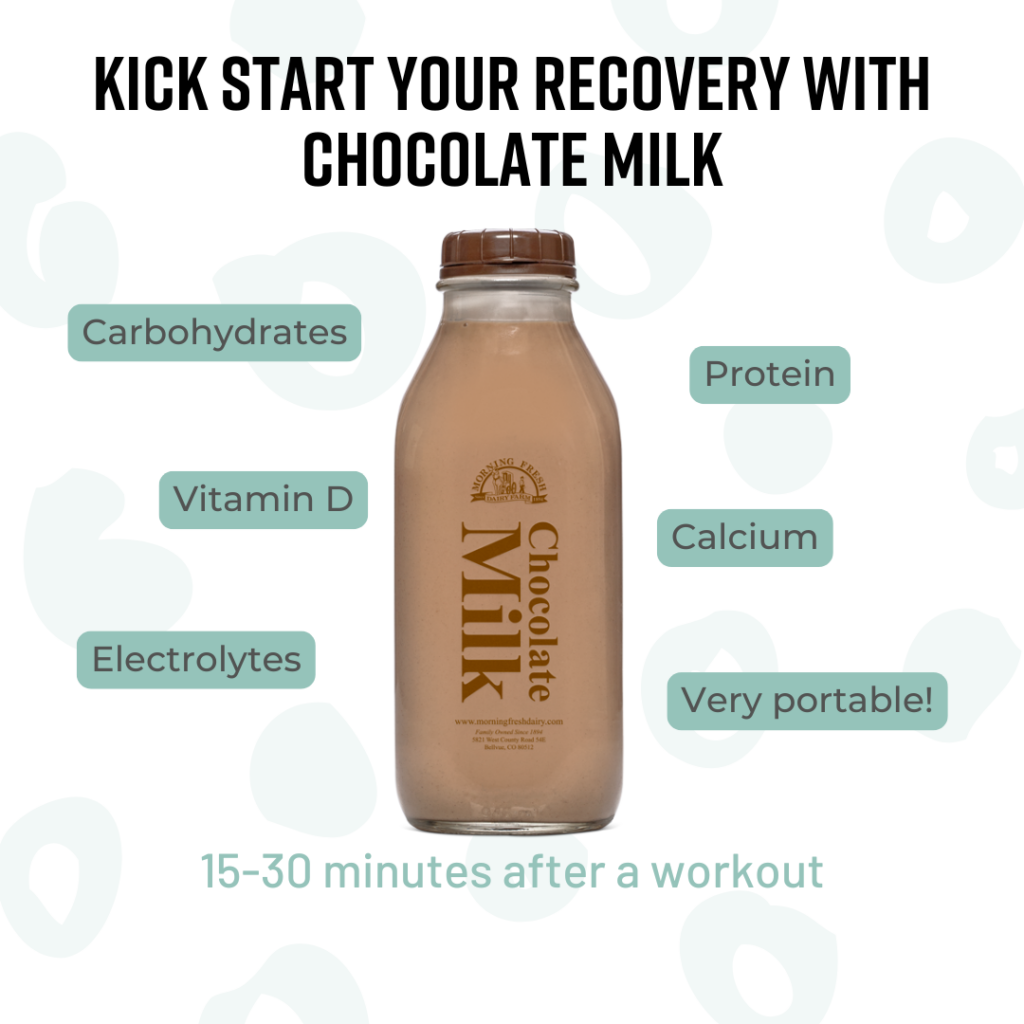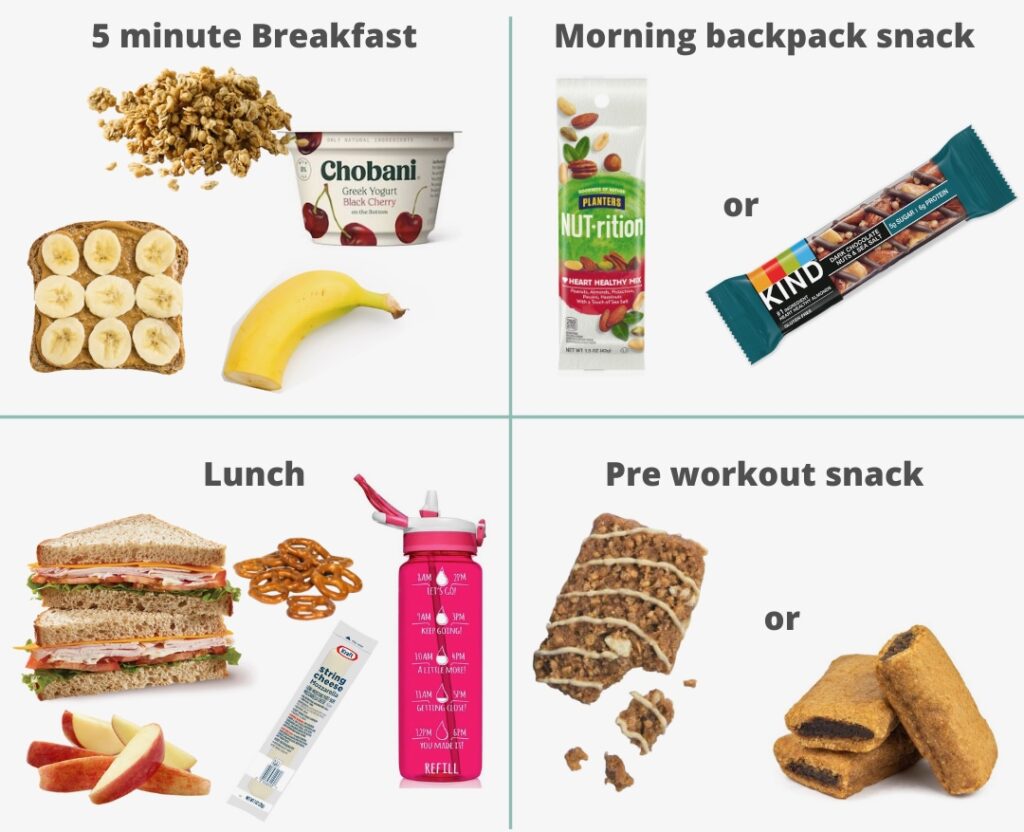The Blog
The Importance of Calcium for High School Athletes

December 27, 2024
Calcium is a vital nutrient for high school athletes. It’s not just about building strong bones—calcium plays a key role in muscle function, nerve signaling, and heart health. For athletes, it’s especially important to be consistent with calcium intake when you are growing.
Why High School Athletes Need Calcium
Building strong bones: High school is a major growth phase for most athletes. You need calcium to build the bone density required to handle the physical demands of your sports and to support lifelong bone strength.
Reducing injury risk: Low calcium intake can lead to stress fractures and other injuries. When there isn’t enough calcium in your diet, your body pulls calcium from bones, weakening them over time.
Since your body doesn’t produce calcium on its own, it’s essential to include it in your diet. Think of it as “banking” calcium for the future. The bank is your bones!
How Much Calcium Do Athletes Need?
The Recommended Dietary Allowances (RDAs) for teens is 1,300 milligrams. It seems like a lot, but it is fairly simple to reach that goal! Here are some examples:
½ cup cooked spinach in a two egg omelet (about 170 mg)
1 cup of yogurt with lunch (about 450 mg)
1 ½ cups of chocolate milk after practice (about 450 mg)
½ cup of tofu (about 430 mg) or 3 ounces of salmon with dinner (about 240 mg)

These options alone provide almost the full daily amount! This isn’t including the small amount of calcium in the other foods you eat or the slice of cheese you may put on your sandwich.
Calcium Sources for Athletes
Dairy Options:
Milk: Packed with calcium, protein, and vitamin D.
Yogurt: A perfect mid day snack or addition to lunch.
Cheese: Easy to include in meals or snacks.
Non-Dairy Options:
Fortified plant-based milks: Look for calcium-fortified soy milk.
Leafy greens: Cooked spinach, kale, collard greens, and bok choy are excellent choices.
Canned fish with bones: Salmon and sardines are rich in calcium. Make salmon pita wraps for a high calcium lunch.
Fortified foods: Cereals, orange juice, and tofu often have added calcium.
Easy Ways for Athletes to Get Enough Calcium
Include calcium at every meal: You can add yogurt at breakfast, cheese or greens at lunch, and salmon at dinner.
Snack strategically: Try trail mix with almonds and dried figs or a yogurt parfait. Chocolate milk is a great high calcium recovery snack after practice.
Look for fortified foods: Choose fortified plant milks like soy milk, juices like orange juice, and cereals.
Combine calcium rich foods with Vitamin D: Pair calcium rich foods with Vitamin D sources like eggs, salmon, or fortified products to boost calcium absorption.

For high school athletes, calcium is as essential as protein or electrolytes. Strong bones, a lower injury risk, and better muscle function all depend on calcium. Aim for 1,300 milligrams daily, and mix up your sources with dairy, non-dairy, and fortified options.
Your performance today and your health in the future depend on it— make calcium a priority!
Be the first to comment